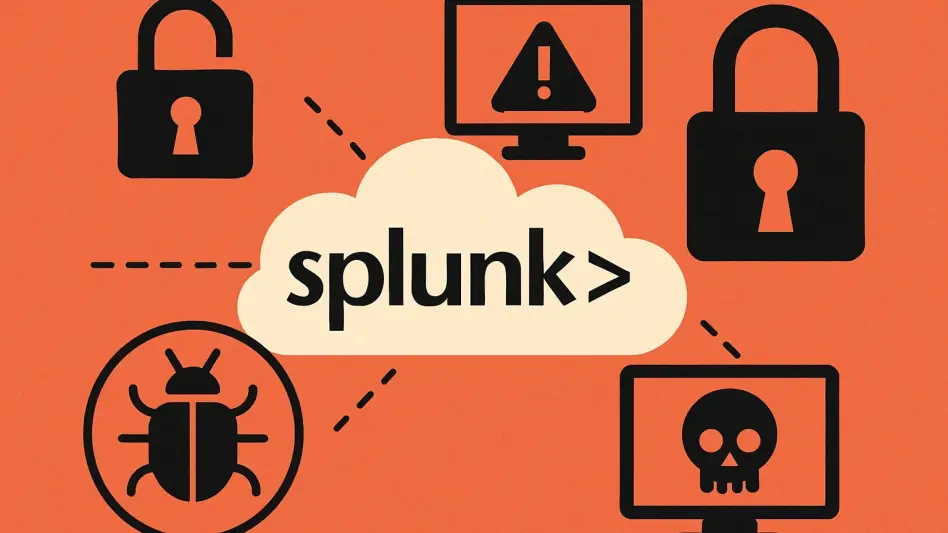Today marks Microsoft’s February 2025 Patch Tuesday, a significant event in the cybersecurity calendar. This month, Microsoft has released updates addressing fifty-five security flaws, including four zero-day vulnerabilities. These updates are crucial for maintaining the security and integrity of various Microsoft products. This article delves into the nature of these zero-day threats, the specific vulnerabilities addressed, and the broader implications for cybersecurity.
Understanding Zero-Day Vulnerabilities
Zero-day vulnerabilities are security flaws that are exploited by attackers before the software vendor has issued a patch. These vulnerabilities are particularly dangerous because they can be used to launch attacks without any prior warning. In February 2025, Microsoft has identified and addressed four zero-day vulnerabilities, two of which have been actively exploited in the wild.
The first zero-day vulnerability, CVE-2025-21391, is an elevation of privilege flaw within Windows Storage. This vulnerability allows attackers to delete targeted files, potentially leading to service unavailability. The second actively exploited zero-day, CVE-2025-21418, is found in the Windows Ancillary Function Driver for WinSock. This vulnerability enables attackers to gain SYSTEM privileges, posing a significant threat to system security.
This demonstrates how critical it is for organizations and users to promptly apply patches as soon as they become available. Zero-day exploits are extremely perilous because once attackers successfully exploit such vulnerabilities, they can gain unauthorized access to systems, execute arbitrary code, or disrupt services without any warning.
Publicly Disclosed Zero-Day Vulnerabilities
In addition to the actively exploited zero-days, Microsoft has also addressed two publicly disclosed zero-day vulnerabilities. These vulnerabilities have been made public but have not yet been exploited in attacks. The first, CVE-2025-21194, is a hypervisor security feature bypass vulnerability affecting Microsoft Surface. This flaw allows attackers to bypass UEFI and compromise the secure kernel, posing a risk to system integrity.
The second publicly disclosed zero-day, CVE-2025-21377, is an NTLM Hash Disclosure Spoofing Vulnerability. This vulnerability exposes Windows users’ NTLM hashes, potentially enabling remote attackers to log in as users. Addressing these vulnerabilities promptly is crucial to prevent potential exploitation.
By focusing on these public zero-days, Microsoft aims to mitigate threats before they can be weaponized by attackers. It also encourages users to stay vigilant and proactive in updating their systems, reducing the window of opportunity for cybercriminals to take advantage of disclosed vulnerabilities.
Categories of Vulnerabilities Addressed
The February 2025 Patch Tuesday addresses a wide range of vulnerabilities across various categories. These include 19 Elevation of Privilege Vulnerabilities, 2 Security Feature Bypass Vulnerabilities, 22 Remote Code Execution Vulnerabilities, 1 Information Disclosure Vulnerability, 9 Denial of Service Vulnerabilities, and 3 Spoofing Vulnerabilities.
Elevation of privilege vulnerabilities are particularly concerning as they allow attackers to gain higher-level access to systems. This can enable more extensive attacks and increased damage to systems and data integrity. Remote code execution vulnerabilities are also critical, as they enable attackers to execute arbitrary code on targeted systems. Such capabilities can be used to take full control of affected systems, steal confidential information, or deploy further malware.
This comprehensive coverage of vulnerability categories underlines the complexity of modern cybersecurity challenges. Each category represents distinct attack vectors that need to be addressed to ensure the secured functioning of software and hardware systems.
Critical Vulnerabilities and Their Impact
Among the vulnerabilities addressed, three are marked as critical, all related to Remote Code Execution (RCE). These critical vulnerabilities include CVE-2025-21177, which is an elevation of privilege flaw in Microsoft Dynamics 365 Sales, CVE-2025-21381, an RCE vulnerability in Microsoft Office Excel, and CVE-2025-21379, an RCE flaw in the Windows DHCP Client.
These critical vulnerabilities pose significant risks to system security and must be addressed promptly to prevent potential exploitation. Remote code execution flaws are particularly hazardous as they allow attackers to execute unauthorized commands or scripts on compromised systems. The impact of these vulnerabilities extends across various Microsoft products, highlighting the importance of comprehensive security measures.
Given the potential for severe disruptions and data breaches, it is imperative that all relevant patches are applied without delay. Organizations are especially urged to prioritize patching their systems, as unpatched critical vulnerabilities can serve as entry points for attackers to launch extensive and damaging cyber attacks.
Impacted Microsoft Products
The vulnerabilities addressed in the February 2025 Patch Tuesday affect a wide range of Microsoft products, including Microsoft Office and Excel, Microsoft Edge (Chromium-based) and Edge for iOS and Android, Windows Storage and Telephony Services, Windows NTFS and LDAP, various Windows Services (such as Remote Desktop and ICS), and Microsoft Dynamics 365 Sales.
The breadth of impacted products underscores the importance of applying these updates across all affected systems. Ensuring that all systems are up-to-date with the latest security patches is crucial for maintaining a secure operational environment. By addressing vulnerabilities across multiple product lines, Microsoft aims to protect its users and provide a comprehensive defense against a diverse array of threats.
This wide-reaching approach highlights the interconnected nature of modern software ecosystems and the need for holistic security strategies. Properly updating all affected products can significantly reduce the attack surface and enhance the overall security posture of users and organizations alike.
Trends in Cybersecurity
The February 2025 Patch Tuesday highlights two significant trends in cybersecurity: the increasing frequency of zero-day exploits and the prevalence of elevation of privilege vulnerabilities. The detection of zero-day vulnerabilities, both actively exploited and publicly disclosed, indicates a persistent and sophisticated threat landscape. Attackers are increasingly leveraging these unknown vulnerabilities before patches become available, emphasizing the need for timely security updates.
Elevation of privilege vulnerabilities constitute a significant portion of the addressed flaws. This suggests a focused effort by attackers to gain higher-level access to systems, underlining the necessity for robust privilege management and continuous monitoring. Organizations must adopt advanced security measures and risk management practices to stay ahead of emerging threats.
By recognizing these trends, cybersecurity professionals can develop better strategies to counteract these threats and minimize their impact. Enhanced threat intelligence, regular system updates, and rigorous security protocols are essential components of an effective cybersecurity framework.
Importance of Timely Security Updates
The release of the February 2025 Patch Tuesday updates underscores the importance of timely security updates. Organizations and users must prioritize the application of these patches to safeguard their systems against potential exploits. Delaying the application of security updates can leave systems vulnerable to attacks, potentially leading to data breaches, service disruptions, and other security incidents.
By addressing these vulnerabilities promptly, organizations can mitigate the risks associated with zero-day threats and maintain a secure operational environment. Regularly updating systems and applying security patches is a fundamental aspect of effective cybersecurity practices. Staying ahead of threat actors requires vigilance and a proactive approach to managing software updates and patches.
Implementing automated patch management solutions and employee security training programs can further bolster an organization’s defenses. A well-informed and prepared workforce, combined with state-of-the-art security tools, creates a formidable barrier against cyber threats.
The Way Forward
Today signifies the notable February 2025 Patch Tuesday for Microsoft, a key date in the cybersecurity calendar. This month, Microsoft has rolled out updates that address fifty-five security vulnerabilities, four of which are zero-day threats. These timely updates are essential for ensuring the security and reliability of various Microsoft products like Windows, Office, and Azure.
This article explores the details of these zero-day vulnerabilities, explaining how they can be exploited before they are patched, making systems particularly susceptible to malicious attacks. It also breaks down the specific flaws that were addressed in this update, offering technical insights into each one.
The significance of these updates extends beyond just fixing bugs; they play a crucial role in protecting data and systems from increasingly sophisticated cyber threats. This month’s patches serve as a reminder to IT administrators and security professionals of the importance of regular software updates. Ensuring that these patches are applied promptly helps mitigate risks and safeguard against potential breaches.
In addition to the technical details, the broader implications for cybersecurity are discussed, including how the landscape is constantly evolving. As threats become more advanced, the need for vigilant and proactive measures becomes ever more critical. Regular updates and patches are a fundamental part of a comprehensive cybersecurity strategy, underscoring the necessity for organizations to stay vigilant in the face of emerging threats.







